Geomat 3D Armour – Innovative Geo-Textile for Erosion Control and Soil Stabilization
Turfquick® proudly introduces Geomat 3D Armour, a cutting-edge, three-dimensional geosynthetic mat made from durable nylon or polypropylene. Designed to provide superior soil reinforcement and protection, Geomat 3D Armour is ideal for applications on steep slopes, riverbanks, unstable soils, and areas vulnerable to erosion.
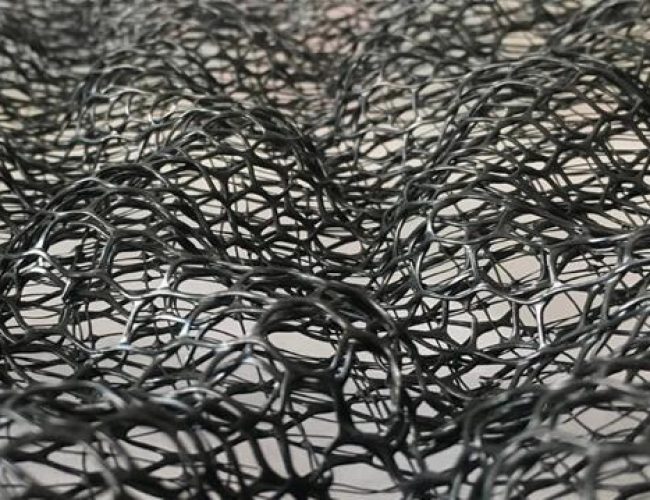
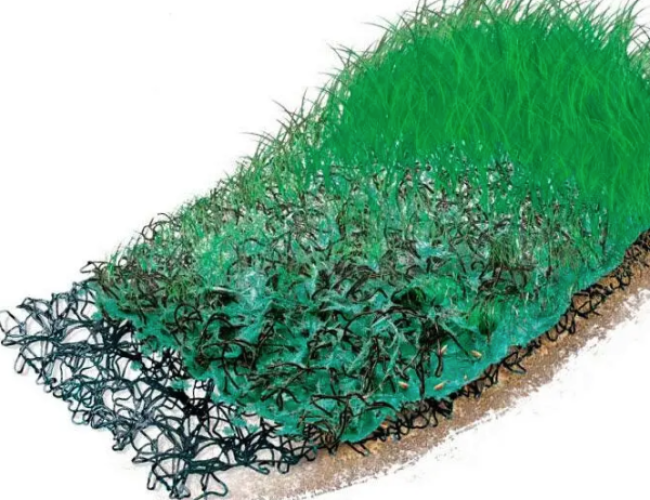
Key Benefits
- ✅ Strong yet lightweight material that is easy to handle and install
- ✅ Promotes healthy root growth by allowing plants to establish naturally without disturbing root systems
- ✅ Environmentally friendly alternative to traditional hard materials such as concrete and stone
- ✅ Fire-resistant and permeable options available for specialized project requirements
- ✅ Suitable for diverse environments including wet floodplains, sandy slopes, and urban green spaces
- ✅ Durable, long-lasting protection reducing the need for costly maintenance and repairs
Typical Applications
- Stabilization of roadside embankments and steep slopes
- Protection and reinforcement of riverbanks, dam edges, and water channels
- Prevention of soil erosion and landslides in vulnerable areas
- Base support for landscaping, revegetation, and green infrastructure projects
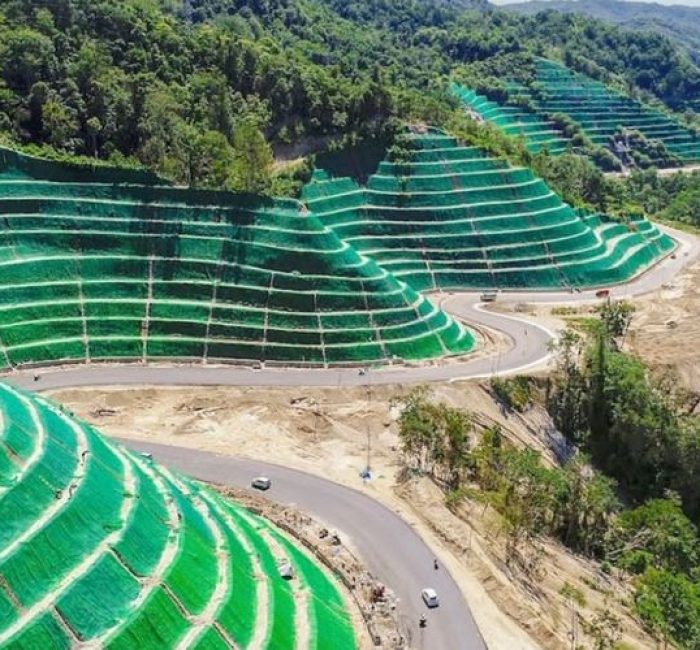
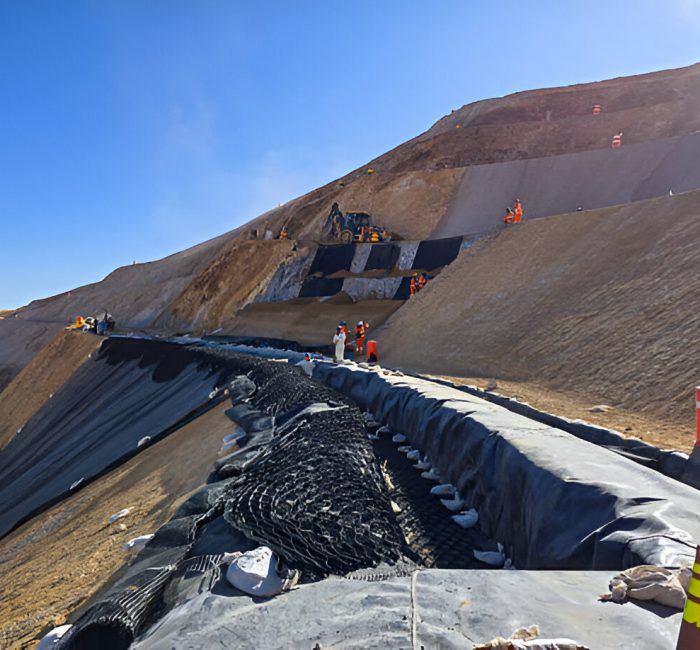
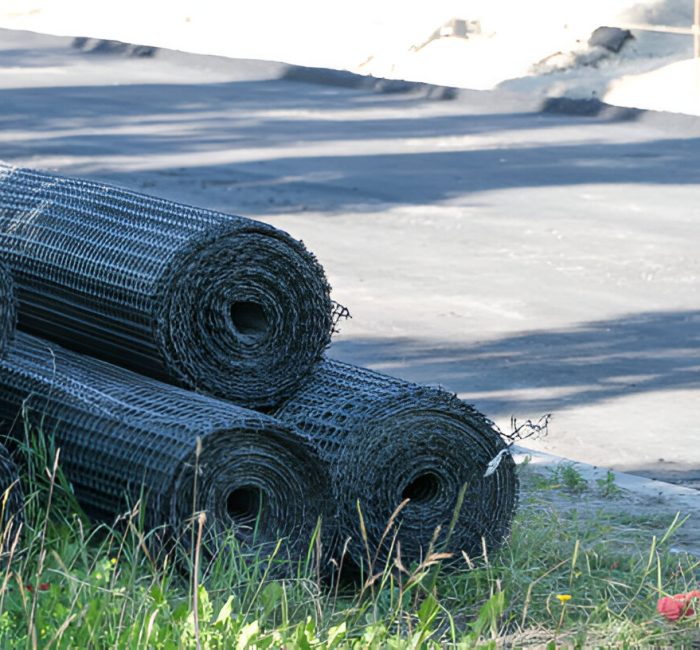
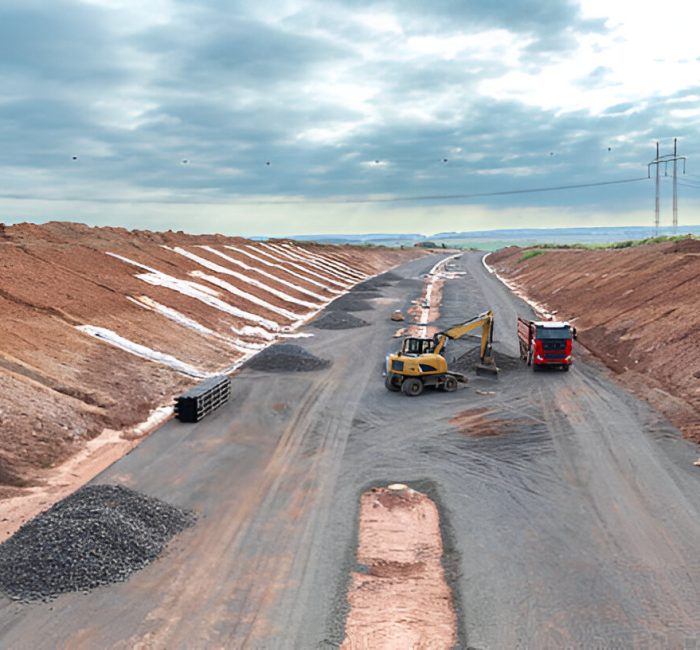
Why Geomat 3D Armour is the Smart Choice
Unlike traditional erosion control methods that rely on concrete or stone, Geomat 3D Armour works with nature — encouraging plants to grow and strengthen the soil organically. This approach not only protects the environment but also enhances the aesthetic appeal of landscapes and infrastructure projects.
Its flexibility and ease of installation make it suitable for projects of all sizes, from small garden slopes to large-scale civil engineering works. With long-term durability and environmental benefits, Geomat 3D Armour represents a sustainable solution for modern erosion control and land stabilization needs.
How to Install Geomat 3D Armour
✅ Site Preparation:
Clear the installation area of debris, rocks, and vegetation. Level the surface to create a smooth base for the geotextile mat.
✅ Soil Conditioning:
If needed, improve soil quality by adding topsoil or organic material to support vegetation growth.
✅ Positioning the Geomat:
Roll out the Geomat 3D Armour across the prepared surface. Ensure the mat conforms tightly to the terrain contours without gaps or folds.

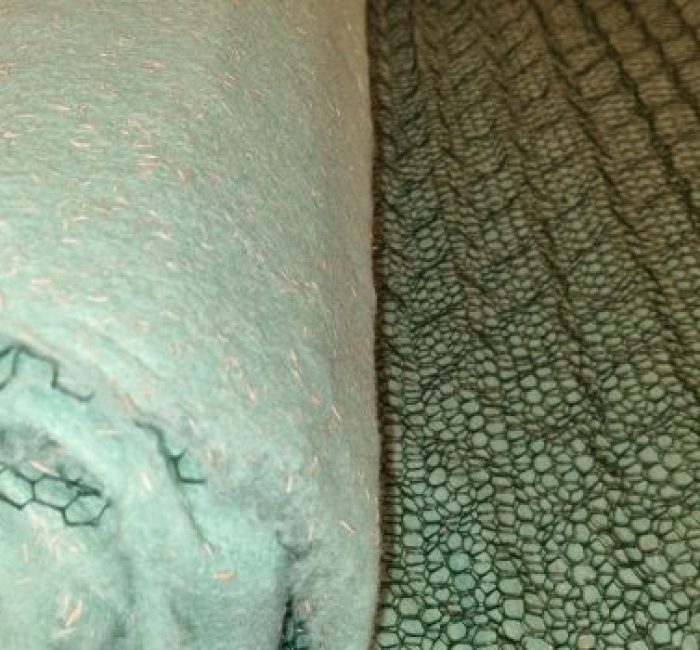
✅ Anchoring:
Secure the edges and overlaps of the mat using biodegradable stakes, pins, or anchors to prevent movement, especially on steep slopes.
✅ Seeding and Vegetation:
Our Geomat comes pre-seeded with grass or flower seeds embedded directly into the textile. Simply roll it out, water, and let nature take over — the 3D structure supports root growth and protects young plants from erosion and harsh environmental conditions.
✅ Watering and Maintenance:
Irrigate the area as necessary to promote rapid plant establishment. Monitor vegetation growth and inspect for any displacement of the mat, re-anchoring if needed.
The Geomat Installation Process in Four Stages
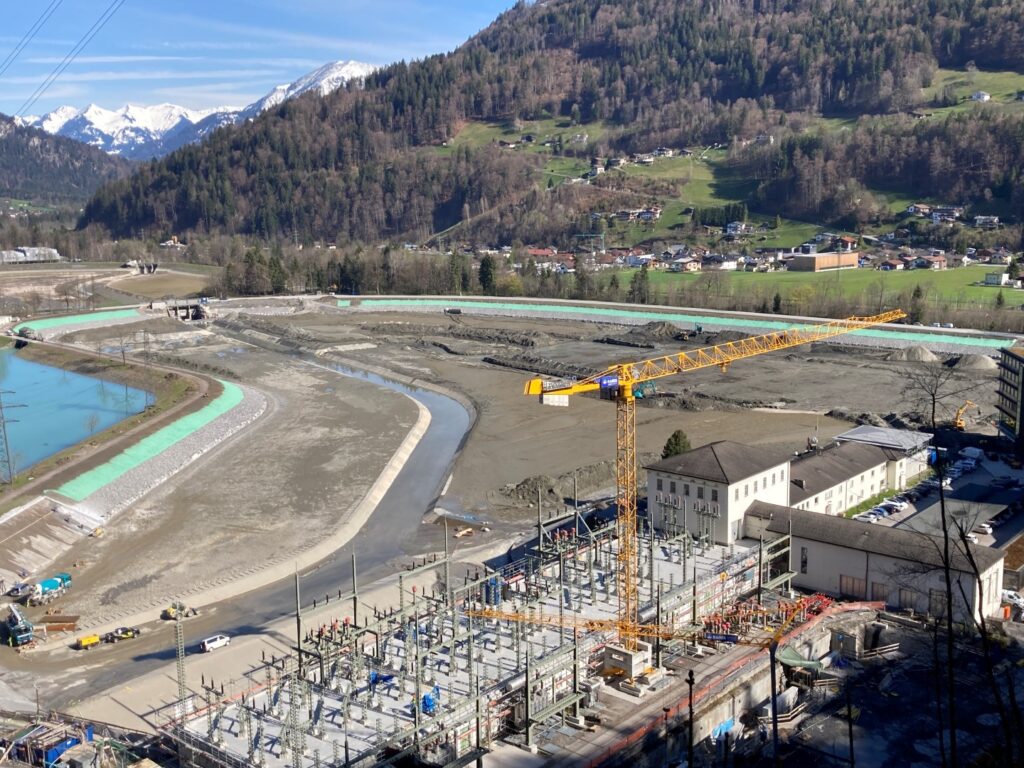
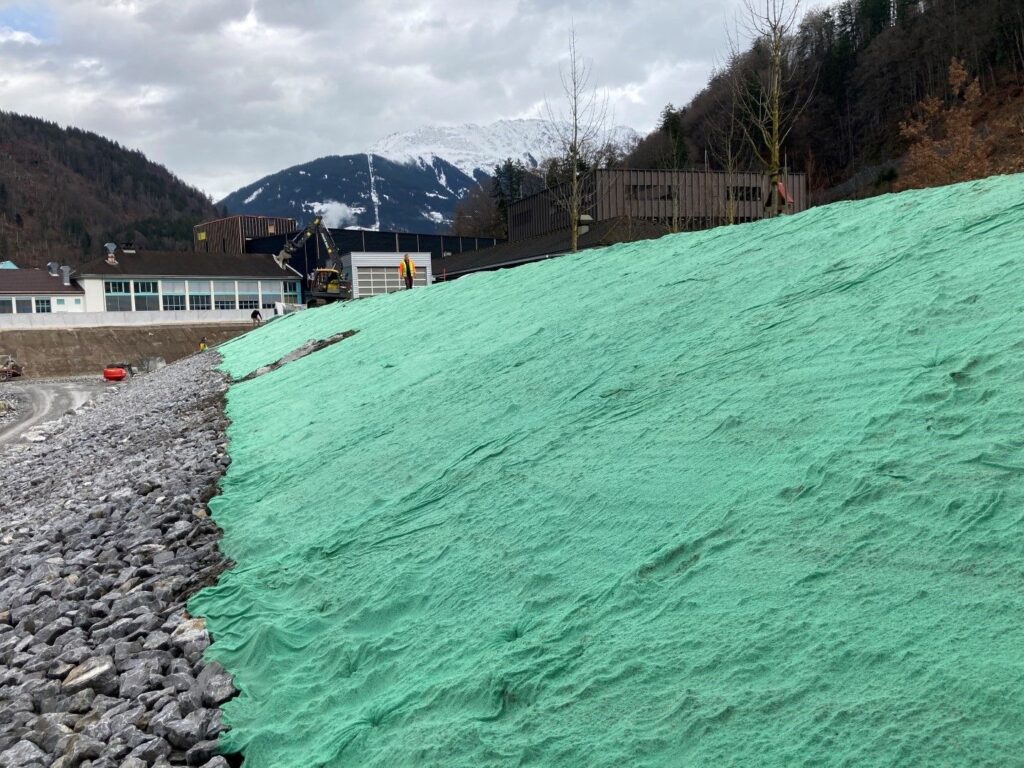
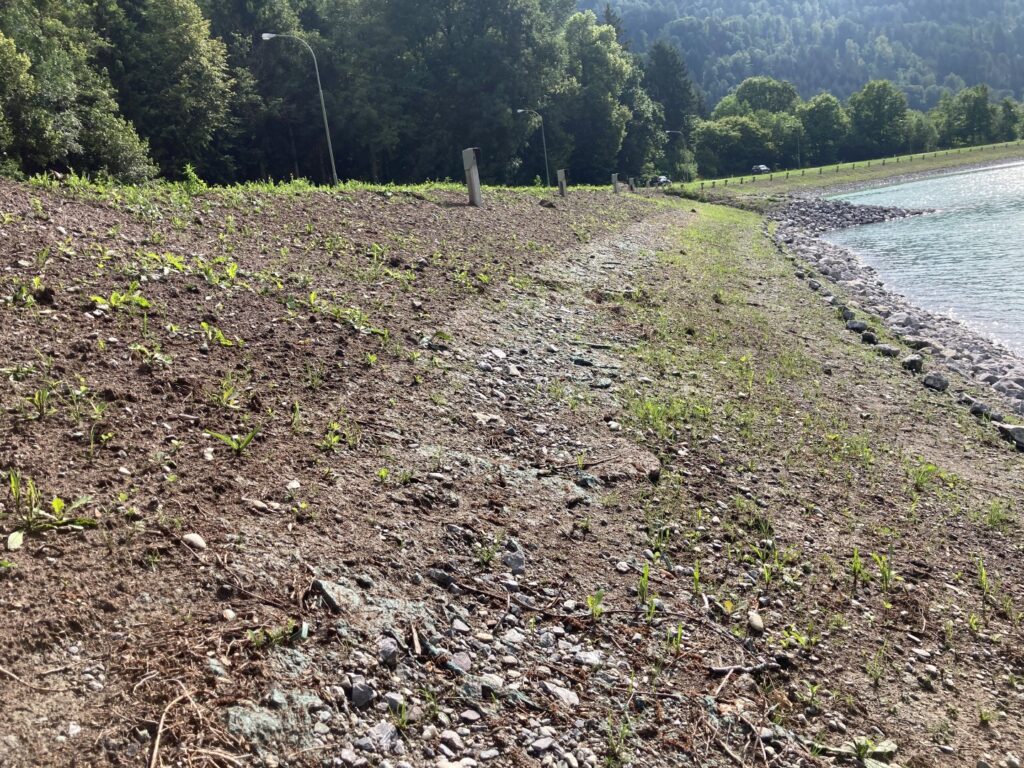
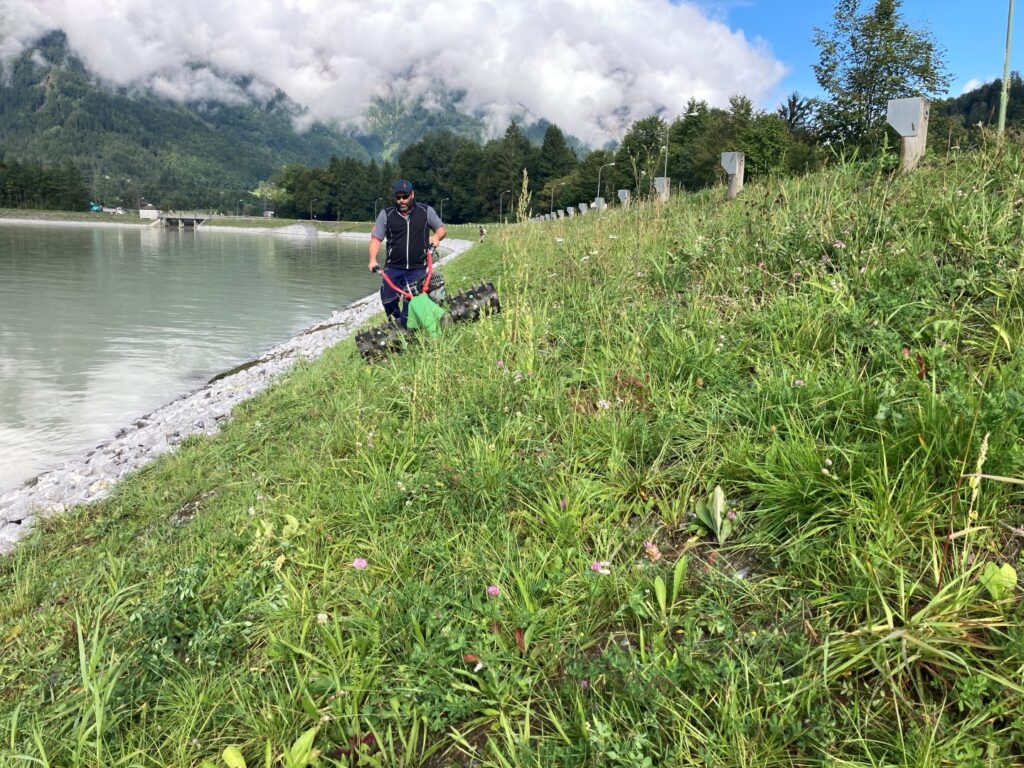
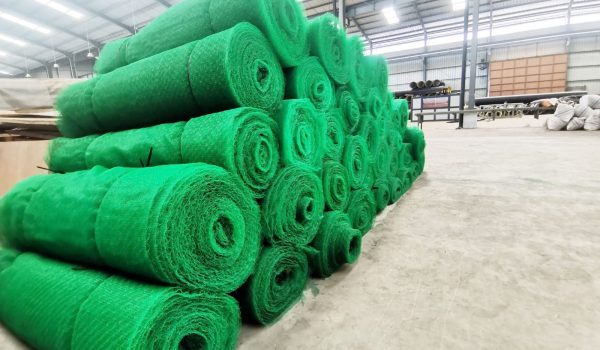
|
Technical specifications
|
|
|---|---|
|
Product name:
|
Geomat 3D Armour for slope protection
|
|
EAN CODE
|
7350 00309 1080
|
|
Roll Dimensions:
|
2m x 30 m = 60 m2
|
|
Net weight:
|
21 kg
|
|
Net weight:
|
Net weight:
|
